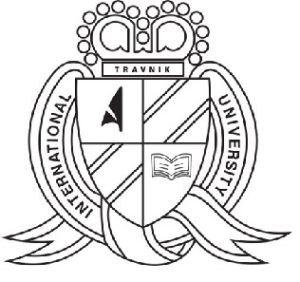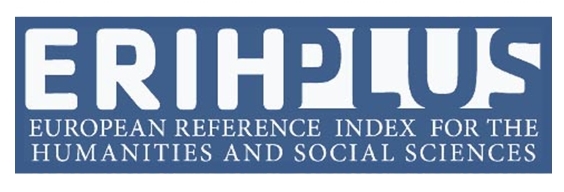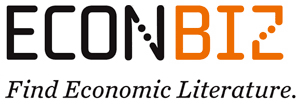As organizations progressively integrate artificial intelligence (AI) into their operations, the role of human resource (HR) managers becomes monumental in navigating the complex landscape of AI practices and challenges. This study aimed to investigate HR managers' perceptions concerning AI meaning, its usage in daily business activities, presence of AI in HR departments, and opportunities and barriers for AI adoption. The research employed a single-method approach of questionnaires to gather insights from a diverse sample of HR managers across miscellaneous medium/large enterprises. The findings revealed a nuanced perspective among HR professionals, with a spectrum of attitudes ranging from enthusiasm for AI's potential to concerns about its impact on traditional HR functions. There are a practical and theoretical aspects of this study that are relevant to every industry in determining the practices and opportunities of AI in HRM which improve efficiency, reduce various costs, enhance profitability and add value to overall business.


















